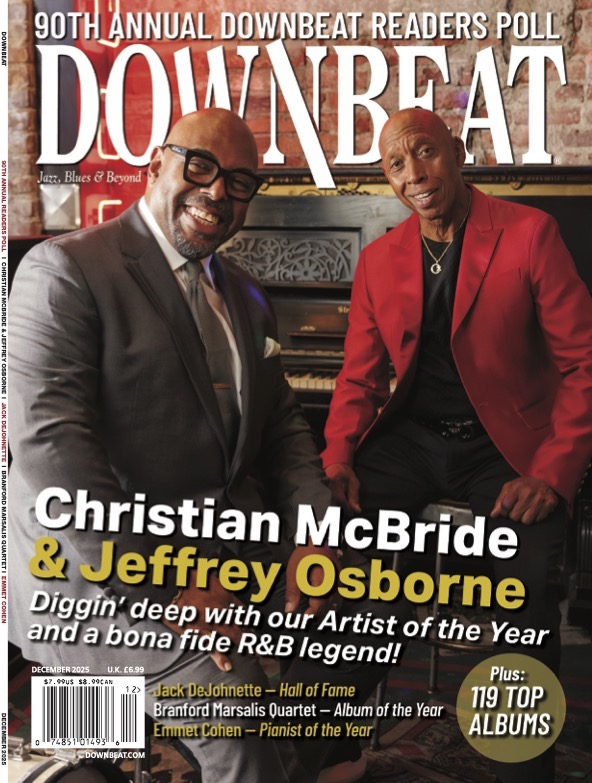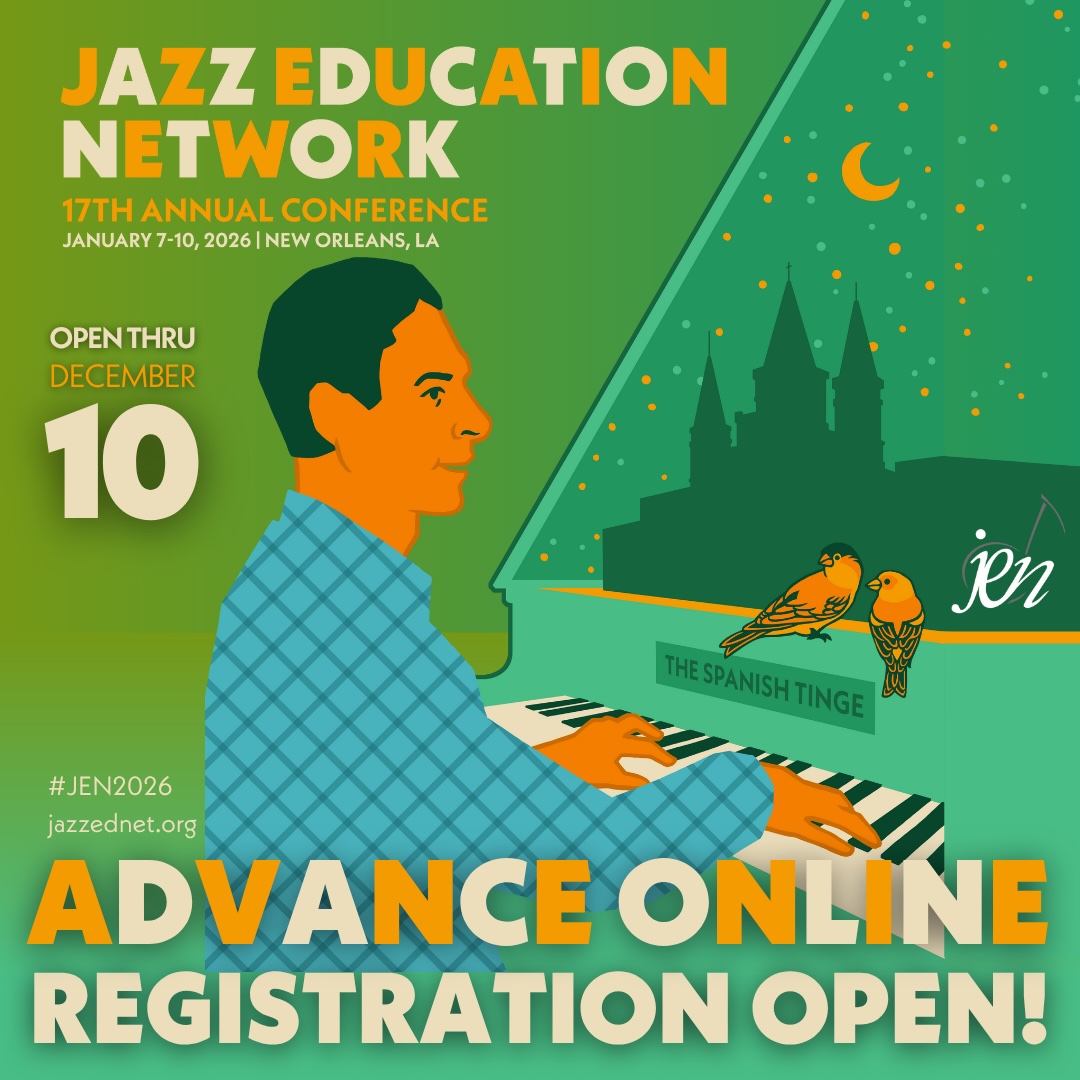Oct 28, 2025 10:47 AM
In Memoriam: Jack DeJohnette, 1942–2025
Jack DeJohnette, a bold and resourceful drummer and NEA Jazz Master who forged a unique vocabulary on the kit over his…

“Playing duo is one of the most difficult things to do, after playing solo,” said drummer Lesley Mok, shown here with her duo cohort, pianist Phillip Golub.
(Photo: Tarishi Gupta)In the waning days of COVID, when the world was learning how to reconnect, two New York artists began meeting across Boston to improvise and talk. Drummer and interdisciplinary artist Lesley Mok and pianist-composer Phillip Golub were both students at the time. They’d met before, and chatted at shows and various gatherings. But when they came together for their duo sessions, they began connecting on similar interests and mutual points of reference: a deep love for Nancy Wilson, a fascination with their instruments’ timbres and resonances, a reverence for space. They started mapping new contours together. And soon, a dynamic emerged.
Over the next three years, Mok and Golub honed a duo sound that would become Dream Brigade. Its elements would shift and renew, giving way to their self-titled March release on Infrequent Seams. What they uncovered through these explorations, among many discoveries and surprises, was an ability to expand their individual instincts, together.
“Playing duo is one of the most difficult things to do, after playing solo,” laughs Mok, who has collaborated with Tomeka Reid, William Parker, Ingrid Laubrock, Mary Halvorson, Kenny Barron, Adam O’Farrill and other distinctive leaders. “Trying to create the same breadth and the same depth and relational dynamics or more complex dynamics that might exist more easily within a trio or a larger instrumentation, that’s something that, for me, has been a really important discovery and learning process.” In such an exposed setting, tendencies and reflexes also began changing. “The things that might feel more instinctual as a decision in a larger ensemble … don’t work as easily in a duo.”
Instinct, according to Mok and Golub, is pliable. It’s absorbing and expandable. In playing together, they’ve developed new instincts that materialize across Dream Brigade, from a kind of spatial listening to a deep-access restraint and, finally, to the different ways they intuit each other’s receptions and responses. “Your instincts,” says Golub, “are composed. They’re affected by what you practice, by what you think about, by what you hear, by what you talk about. And they change. And they develop. And they hopefully get better.”
Dream Brigade documents six improvised tracks plus “Darn That Dream” (by Jimmy Van Heusen) and “Conception” (by George Shearing). The music traces the artists’ intention in each moment and over the arc of each form they create together. For the listener, these gestures can sound and feel like one section is either blossoming or worm-holing into the next, particularly on pieces like “Reverse Palindrome” and “Tunneled Throat.” But each track has structure and a narrative of motion.
“That’s something I’ve realized we can do; we can both listen with an ear for form,” says Golub, who has worked extensively with esperanza spalding, Cecil McBee and the late Wayne Shorter. As the duo listened and responded, erector-setting their way through each improvisation, one question became increasingly urgent and specific for both of them: What is this?
“You don’t know how long it’s going to be when you play,” says Golub. “When you sit down, it could be two minutes, it could be 20.” He remembers really listening for an answer to that question when they recorded “Invisible Ink,” which serves as something of a fulcrum on Dream Brigade. In its sparseness, the music captures the very human feeling of waiting to receive, then choosing how to proceed from the moment of reception.
“There’s something mysterious about it to me,” says Mok, who remembers thinking, “I don’t even want to press down on the brushes. … [It] feels like we’re almost voice-leading our emotions or something like that. I felt like [Phillip] really set the tone for how I wanted to play. I knew I didn’t want to develop the piece as we were going: this is just what it is, this vignette.” After they recorded the track, Golub’s response to its playback almost undermined the intention both artists put into the composition: “There can be a sense, after you listen to it, that it was always obvious that it was like that. But it wasn’t, actually. That was a decision that came in the middle of the piece.”
Melody plays an interesting role throughout Dream Brigade, on the improvised gestures and the standard tunes. Mok frequently explores phrasal-melodic relationships in the form of cadences, both in tempo and out of time: “It’s this in-between space of decorating Phillip’s phrases but also punctuating. And I think that’s how I’m often thinking about melody and phrasing and, in particular, the melodic contours of ‘Darn That Dream’ and ‘Conception.’” For Golub, trusting Mok’s treatment of the songs allows his own melodic inventions to stretch through the progressions.
“I can hear in what Lesley plays that they know the song and the cadences of the song and where the resolutions are,” he says. “And even when you’re playing rubato and stretching out the time so that everything is 50 times slower than it normally is, all those things are still there. … Even if we’re decorating it in this abstract way and playing a bunch of notes that don’t fit and doing all this other stuff, the song is still going. It’s all still happening. And I trust Lesley to hear that. And I know that they are hearing it.”
As Mok and Golub explore their duo voice, they develop new perspectives together, stretching instincts in their individual practices. Their choices in the studio might feel momentary, but they’re the result of expanding ideas. And they leave a lasting impression on the artist and the listener. “In a way,” says Mok, “those fleeting instances of a feeling — or just a momentary way to something — are the most magical. And in some ways those are the most true. It’s hard for me to say anything definitively because I think the nature of the world and of people is that it’s always changing and it’s transient in some way. In a musical way, that’s what I’m really interested in exploring in art.” DB
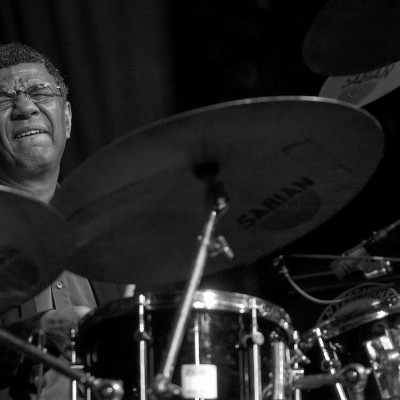
Jack DeJohnette boasted a musical resume that was as long as it was fearsome.
Oct 28, 2025 10:47 AM
Jack DeJohnette, a bold and resourceful drummer and NEA Jazz Master who forged a unique vocabulary on the kit over his…
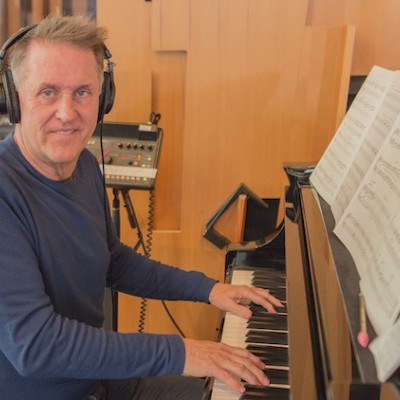
Goodwin was one of the most acclaimed, successful and influential jazz musicians of his generation.
Dec 9, 2025 12:28 PM
Gordon Goodwin, an award-winning saxophonist, pianist, bandleader, composer and arranger, died Dec. 8 in Los Angeles.…

Nov 13, 2025 10:00 AM
For results of DownBeat’s 90th Annual Readers Poll, complete with feature articles from our December 2025 issue,…
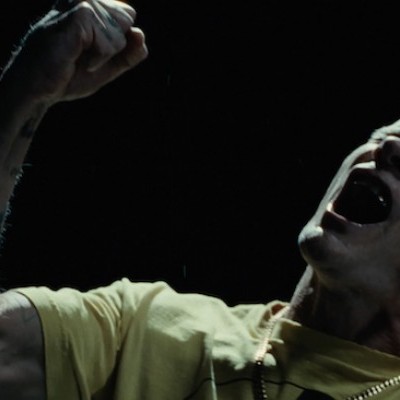
Flea has returned to his first instrument — the trumpet — and assembled a dream band of jazz musicians to record a new album.
Dec 2, 2025 2:01 AM
After a nearly five-decade career as one of his generation’s defining rock bassists, Flea has returned to his first…
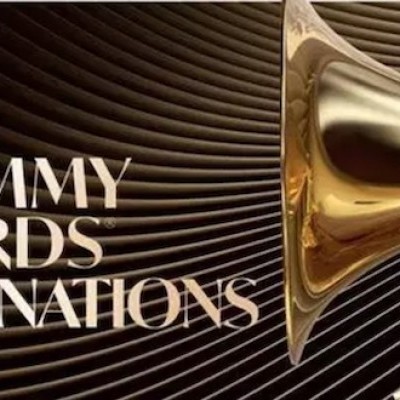
To see the complete list of nominations for the 2026 Grammy Awards, go to grammy.com.
Nov 11, 2025 12:35 PM
The nominations for the 2026 Grammy Awards are in, with plenty to smile about for the worlds of jazz, blues and beyond.…

